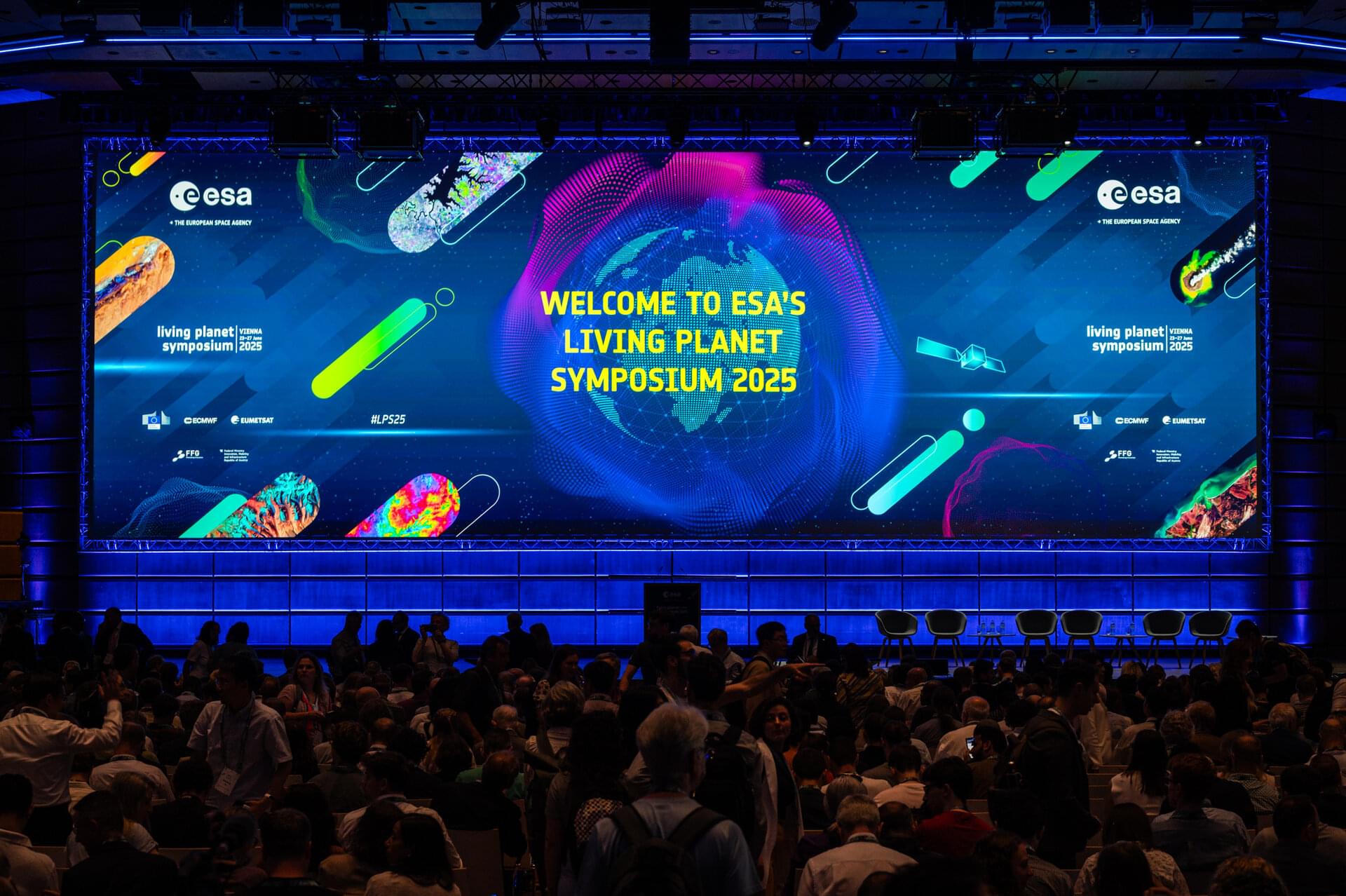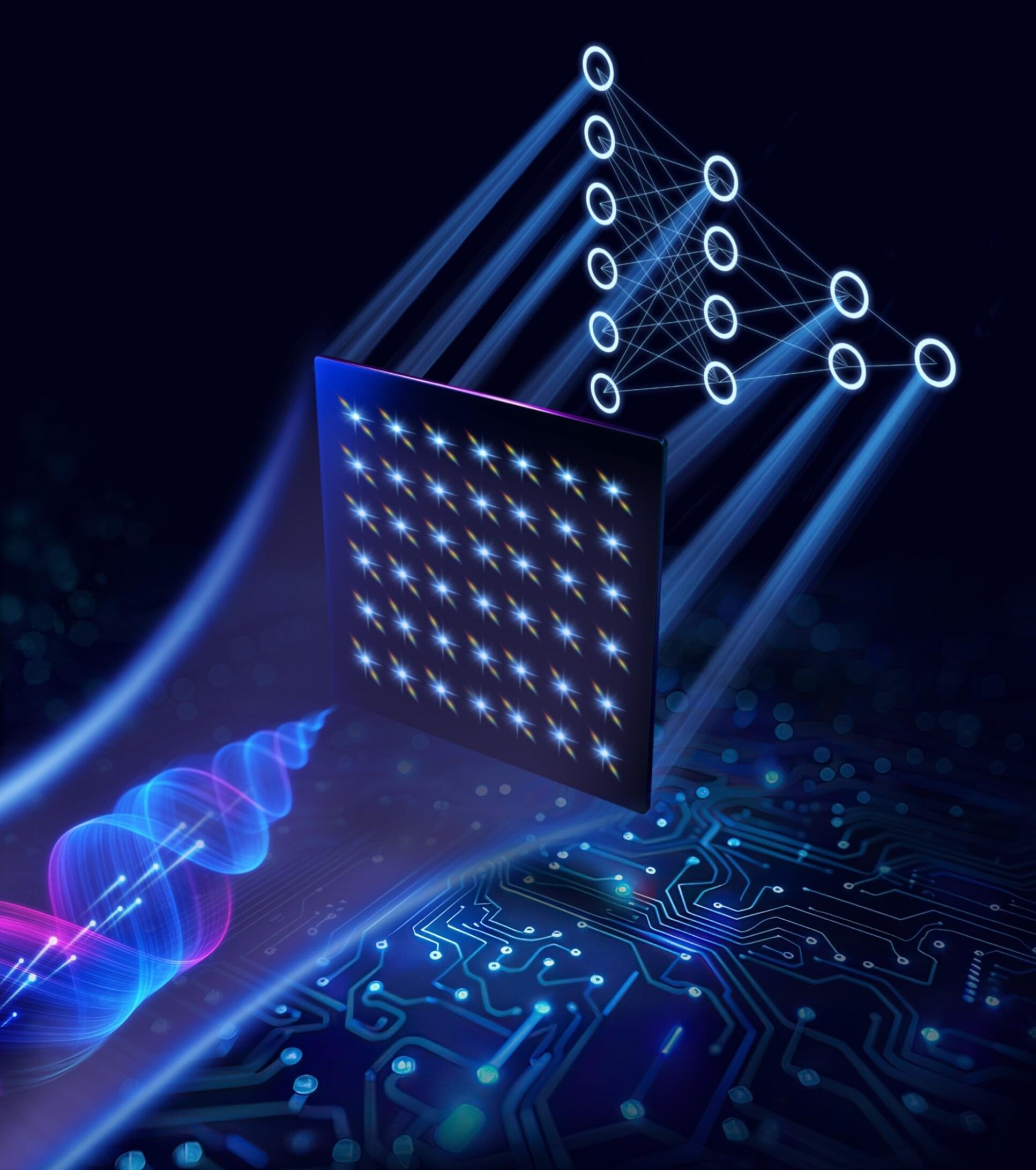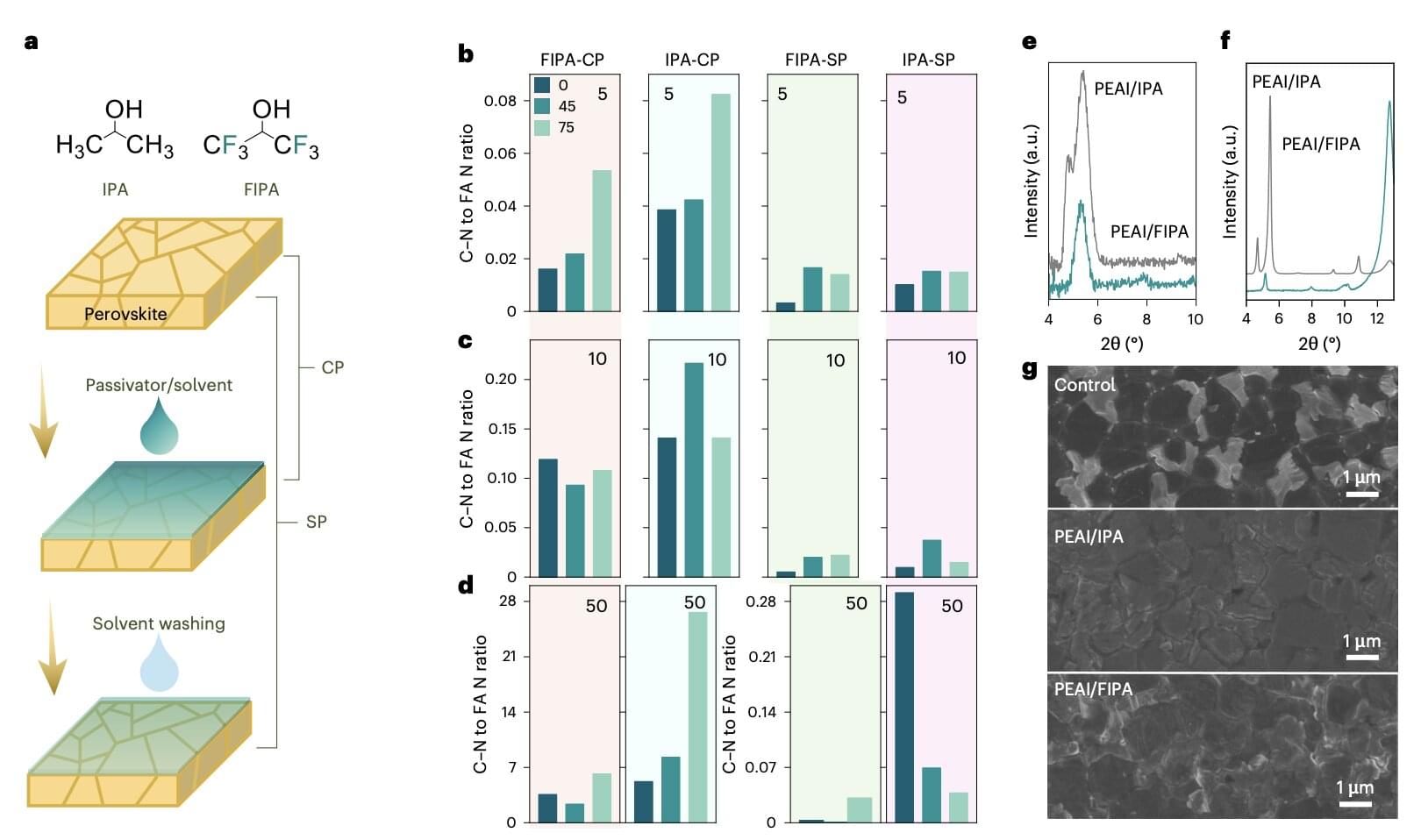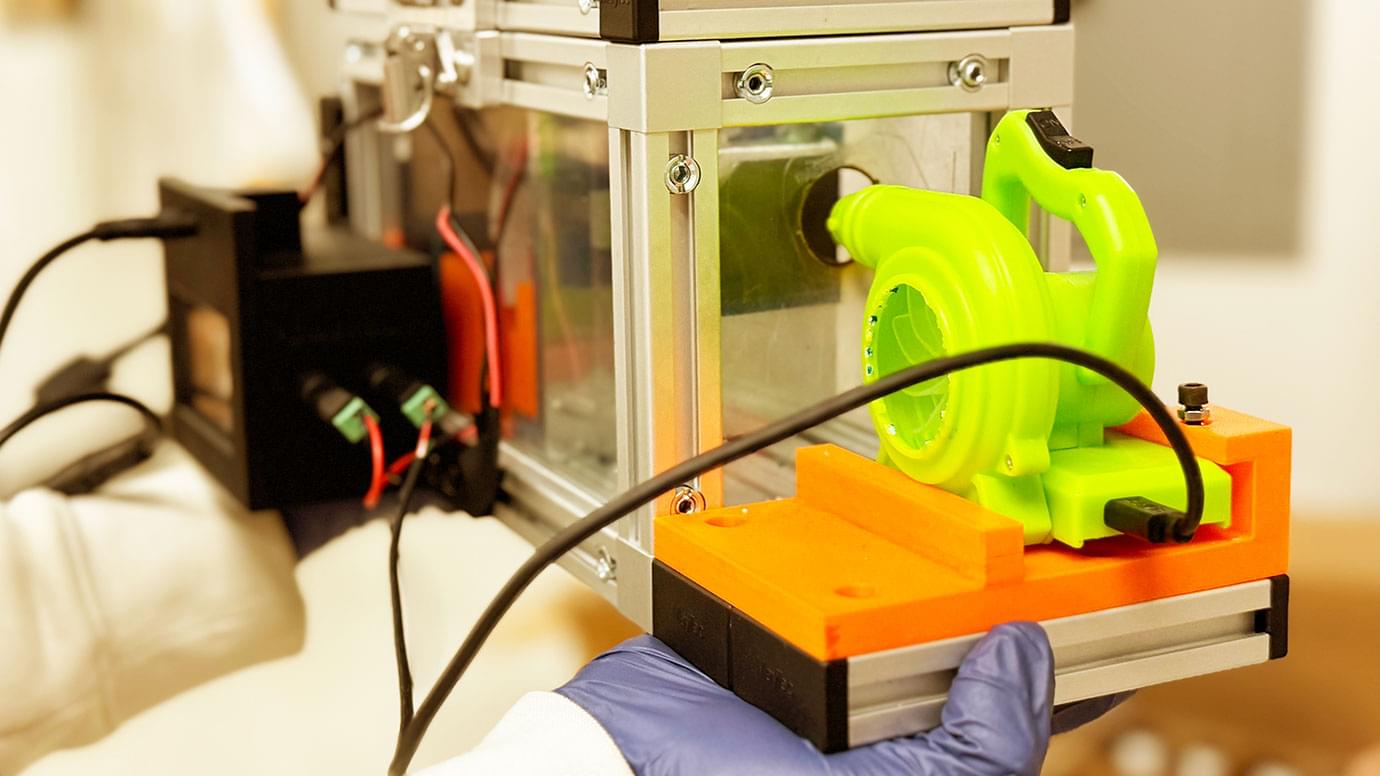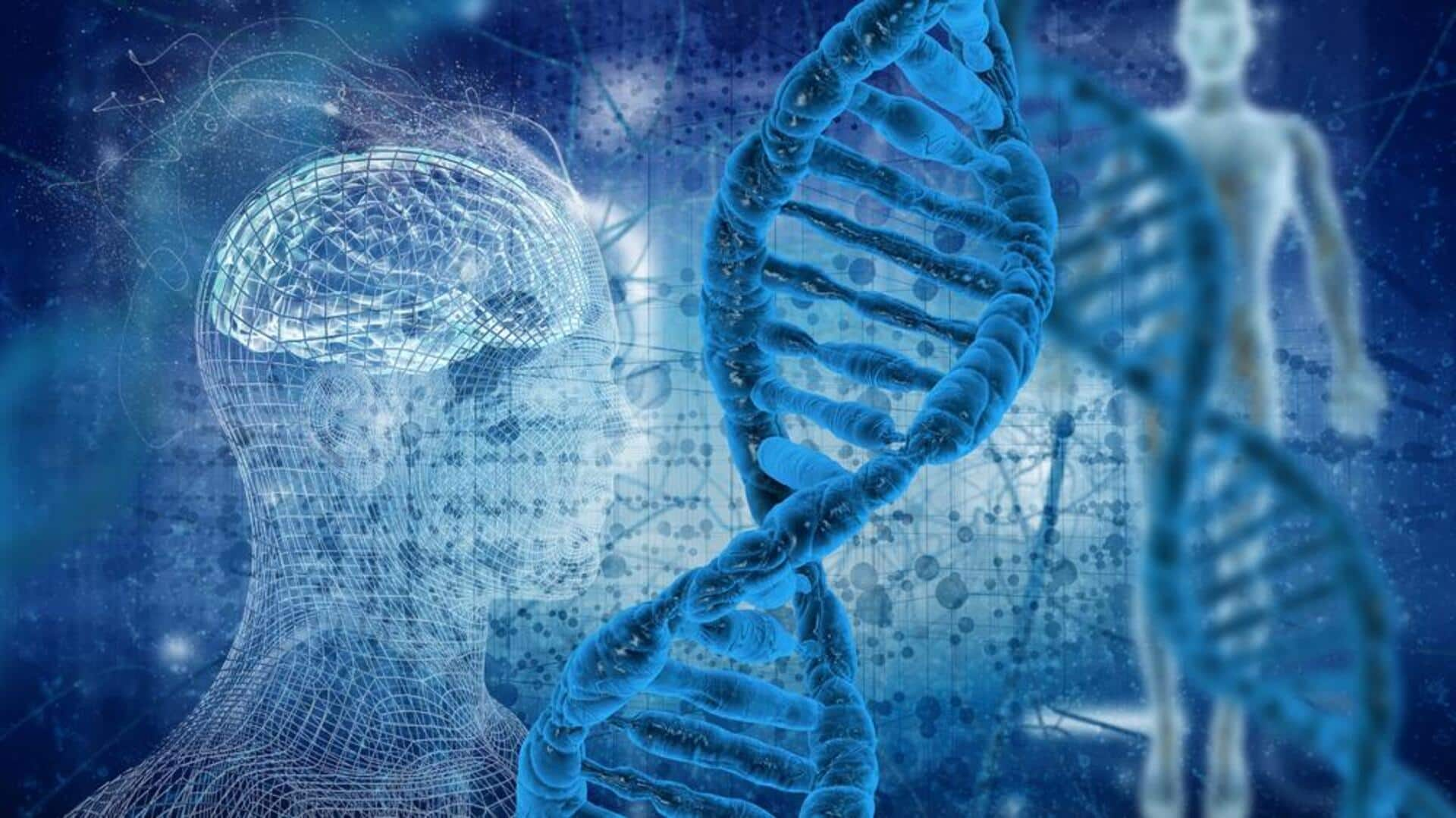The last stronghold of human labor in warehouses – the grueling job of loading and unloading trucks – is rapidly giving way to a new generation of intelligent robots. For decades, logistics companies have struggled to automate this physically demanding and injury-prone work, which often leaves workers battered by heavy lifting and extreme temperatures. Now, breakthroughs in robotics, artificial intelligence, and sensor technology are transforming how goods move in and out of trailers, promising not only greater efficiency but also a fundamental shift in warehouse operations.
At the heart of this revolution is a suite of sophisticated machines from companies like Ambi Robotics, Boston Dynamics, Dexterity AI, and Fox Robotics. Each brings a distinct technical approach to the challenge, as described by The Wall Street Journal.
Ambi Robotics, for example, has developed AmbiStack, a robotic system designed to automate the complex process of stacking items onto pallets or into containers. AmbiStack employs a four-axis gantry robot equipped with advanced cameras and machine vision powered by AI foundation models. This system can analyze, track, and pick each item from a conveyor, performing real-time quality control checks.

